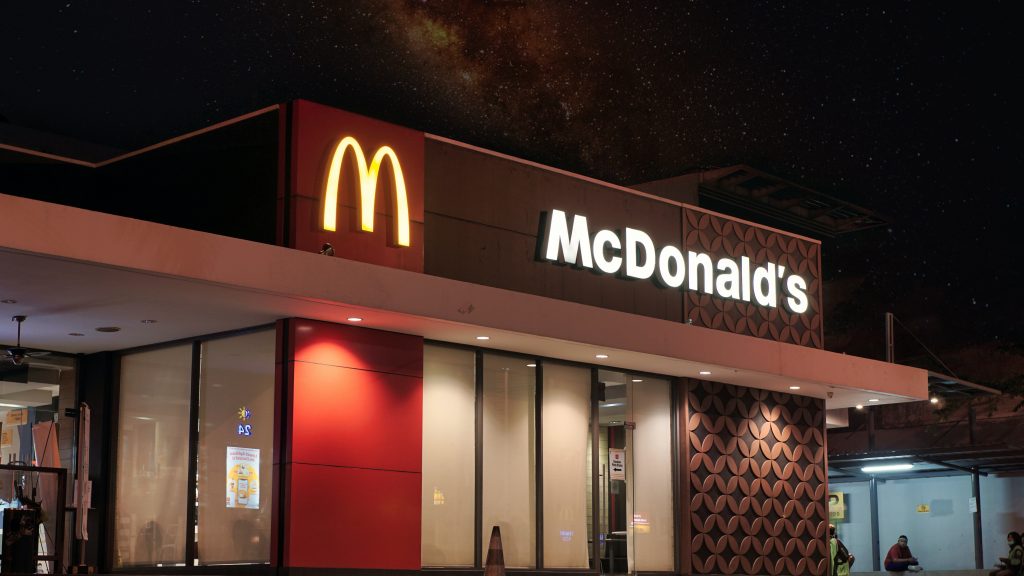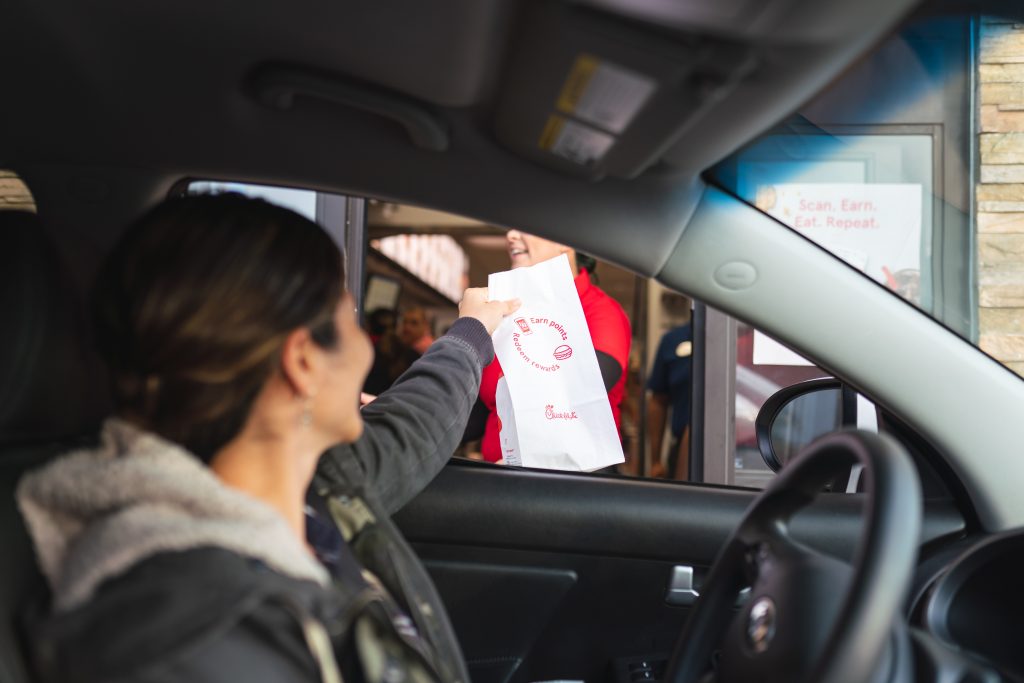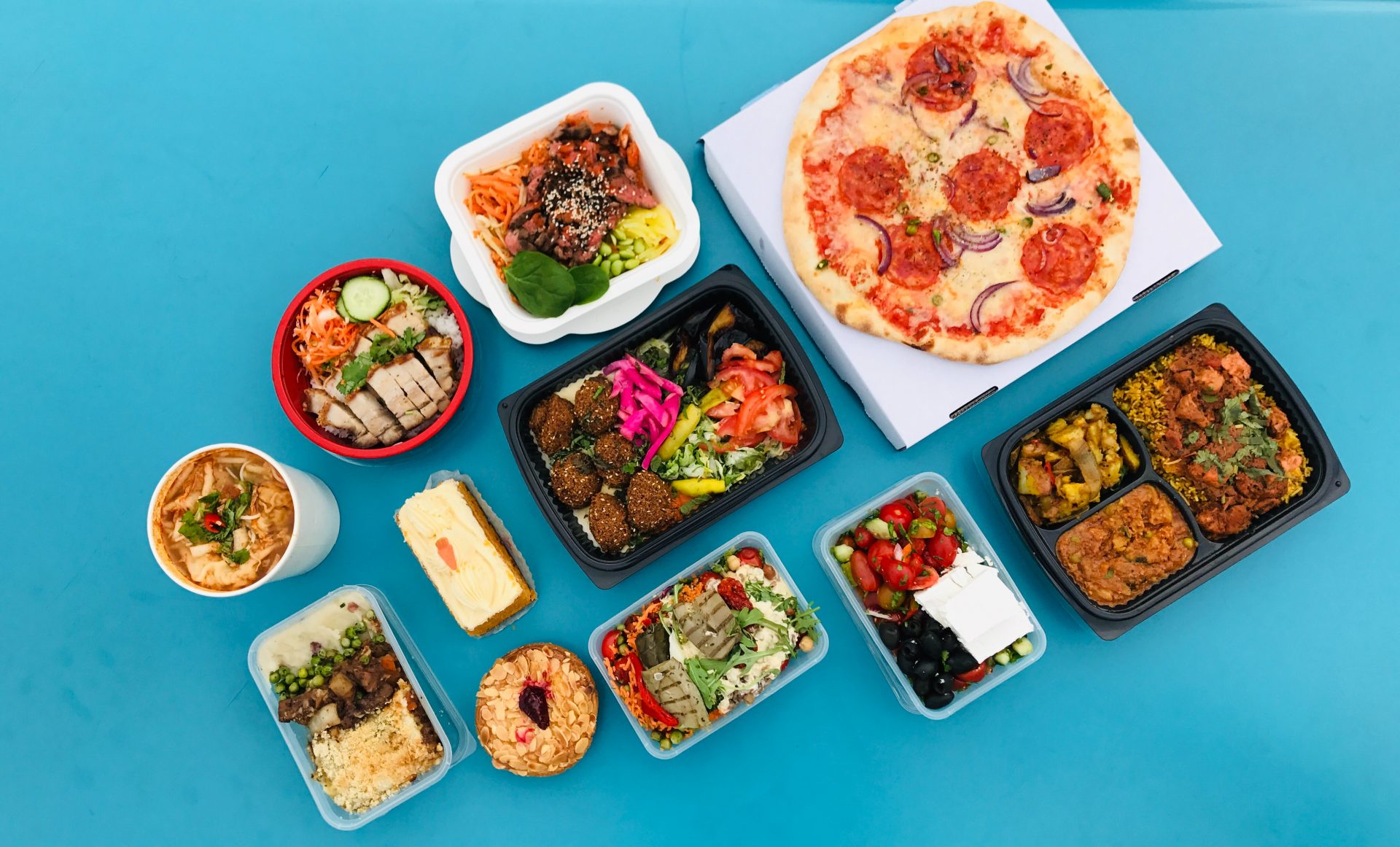Often demonised simply for being ‘corporate polluting giants’, do we really give big fast-food companies their dues when it comes to sustainable innovation in food service? Personally, I don’t think we do, but in a sector this complex, there is still a long way to go.
Big doesn’t always have to mean bad for the environment. It’s worth remembering that one of the main reasons food service giants even exist at such scale is to service the demand of consumers, with ever-increasing consumer drive for convenience and on-the-go affordable meal solutions. However, in meeting this demand, they often find themselves demonised for the negative impact on the environment, even though littering is a consumer behaviour.
To make a real difference towards a net zero future, it’s no longer enough to just comply or have a reactive approach to evolving legislation.
Gillian Orr, Aura
In fact, big players have a unique opportunity; the budget and industry scale to invest and drive change and perhaps even the luxury of being able to fail in innovation attempts with minimal impact on the bottom line. As Robert F. Kennedy said, “Only those who dare to fail greatly can ever achieve greatly”.
With scale also comes responsibility, and there are some key focus areas that can make a difference in this sector:
- Take responsibility and drive proactive change. To make a real difference towards a net zero future, it’s no longer enough to just comply or have a reactive approach to evolving legislation. Futureproofing business operations is key to optimize compliance and minimise risk, but also to do the right thing.
- Transparent targets, backed up by data. Setting targets is one thing, but delivering on them is another, and with 2025 just around the corner, it won’t be long before results are expected.
- Educate consumers to eradicate greenwashing. What consumers believe and what is publicised as the most sustainable choice is often not the best option when taking a full life cycle view. Communication and education are paramount.
- Collaboration drives greater success. What is the use of creating sustainable packaging solutions if the design is monopolised? Sometimes, we need to think beyond immediate competition and instead do what is right for the planet.
- Change consumer behaviour. Legislation on enforced reusable alternatives in some markets is a great step forward in foodservice packaging, but are consumers prepared for such a huge behavioural shift? Also, are they prepared to take responsibility for their packaging and reduce the littering pandemic?

McDonald’s leading the way
This might seem like an insurmountable challenge, but fortunately, there are some really positive examples of sustainability initiatives in food service. McDonald’s for example has invested heavily in pushing sustainability boundaries over the years:
- Since 2007, closed-loop biodiesel made from used cooking oil has been used to power its delivery fleet. From 2019, a partnership with Miele expanded this to extracting grease from mops, towels and cleaning cloths in McDonald’s’ washing machines.
- McDonald’s also partners and invests in new packaging materials to increase recyclability, use of recycled plastic and importantly, drive and support demand for recycled plastic.
- By 2025, all guest packaging will be recycled globally, with initiatives to facilitate this in restaurants wherever possible and supported by market infrastructure.
Equally, it is an industry where cross-stakeholder collaboration is promising. The NextGen Consortium is a good example of companies coming together despite competitive conflicts of interest. Founded by Starbucks and McDonald’s and supported by the WWF and partners such as Yum Group (KFC/Pizza Hut/Taco Bell), members have committed to working together to advance the design, commercialization and recovery of packaging alternatives.

The jury is still out
Despite some promising examples, there is a long way to go. To date, there is little evidence of any of the targets in the food service packaging sector being backed up by solid data at SKU level. Although some new reuse and material innovation technologies are being explored in the drive towards targets in a notoriously ‘hard-to-recycle’ industry, the jury is still out on the ‘right’ solutions that align overall CO2 emissions with required consumer behaviour/uptake and waste infrastructure. Equally, whilst consumer behaviour contributes to littering, we have seen a reduction in public area recycling facilities, which adds more complexity to the equation.
I think it would be fair to say that overall, food service as a sector is lagging behind other retail sectors when it comes to packaging sustainability.
Gillian Orr, Aura
With the complexity of the landscape and unique challenges, this lag is almost inevitable, and is not for lack of trying in many instances. However, the next few years will be crucial to ensure food service is not left behind.
Look out for the next two blogs in this food service series where we will cover on-the-go packaging and the challenge of recycling and look at whether legislation is enough on its own to influence change for the better in this sector.
